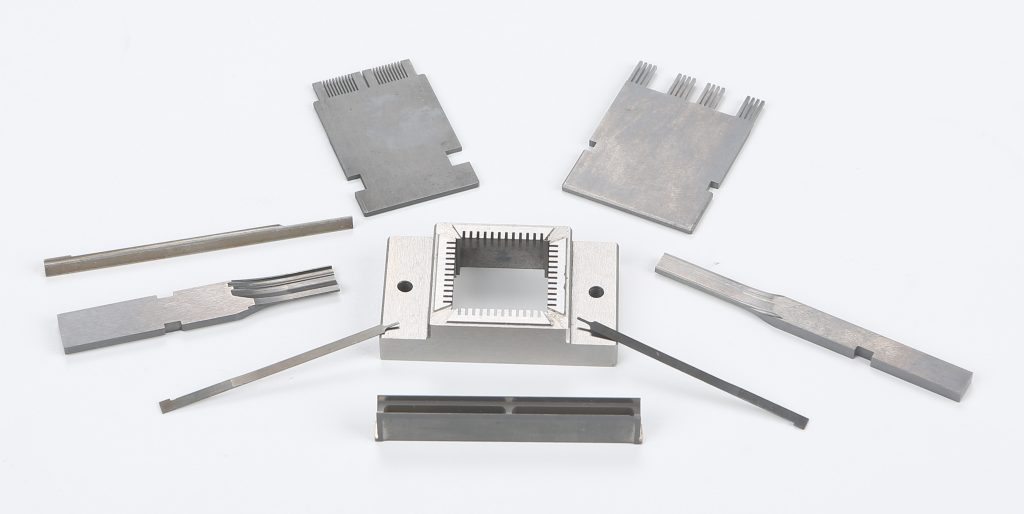What is the profile grinding process?
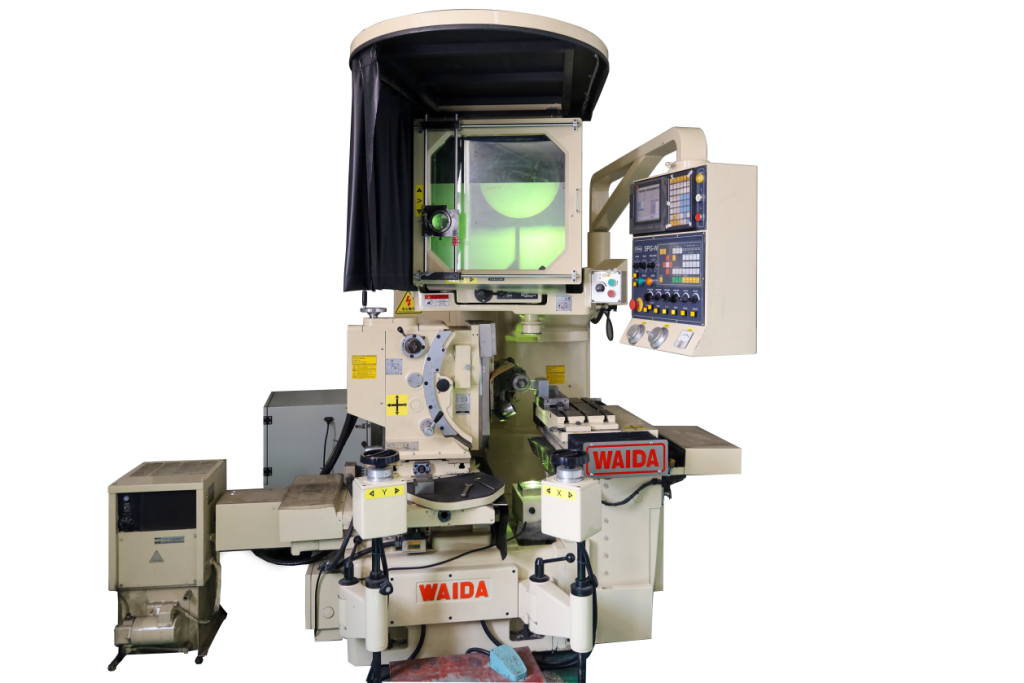
profile grinding
Profile grinding is also known as projection grinding, form grinding, and copy grinding. In this process, a workpiece is projected at a magnification of many times onto a product shape drawing. A grinding wheel is operated by numerical control or manual control, and copy grinding is performed with the workpiece overlaid onto the projected drawing.
What are the advantages of profile grinding?
- Requires only on clamp.
- Machine a very large number of geometries.
- Machine high hardness materials that are difficult to measure directly using a vernier or micrometer calipers.
- Creates a fine and high-accuracy shape.
- Reduce number rework and scrapped products.
What can be machined by profile grinding?
Usage: High-precision mold parts (punches and dies), special tools, cylindrical parts, etc.
Material: Carbide, tool steel, cermet, ceramic, CBN, high speed steel
Application industries: automotive, aerospace, electronics, medical technology, machine tool and die/mold, and so on.
What are the differences among OD grinding (Outside diameter grinding or External cylindrical grinding) , ID grinding (Inside diameter grinding or Internal cylindrical grinding), Centerless grinding, surface grinding, and Profile grinding?
| Machining Methods | Machining Shapes | Working Principle |
| OD grinding | To grind the outside surfaces and its shoulder ends of cylinder, cone, or others. | 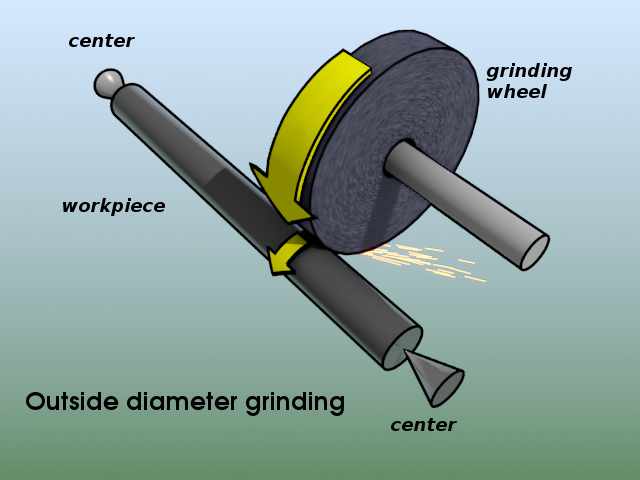 |
| ID grinding | To grind the inside surfaces and its shoulder ends of cylinder, cone, or others. | 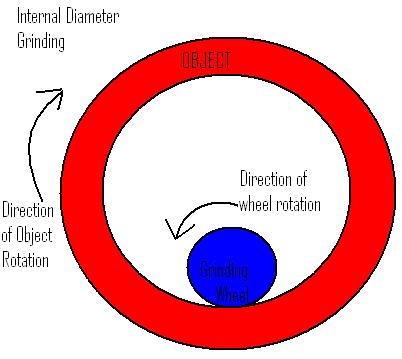 |
| Centerless grinding | To grind and polish the cylindrical surfaces of various rings, shafts, tubes, and sleeves. | 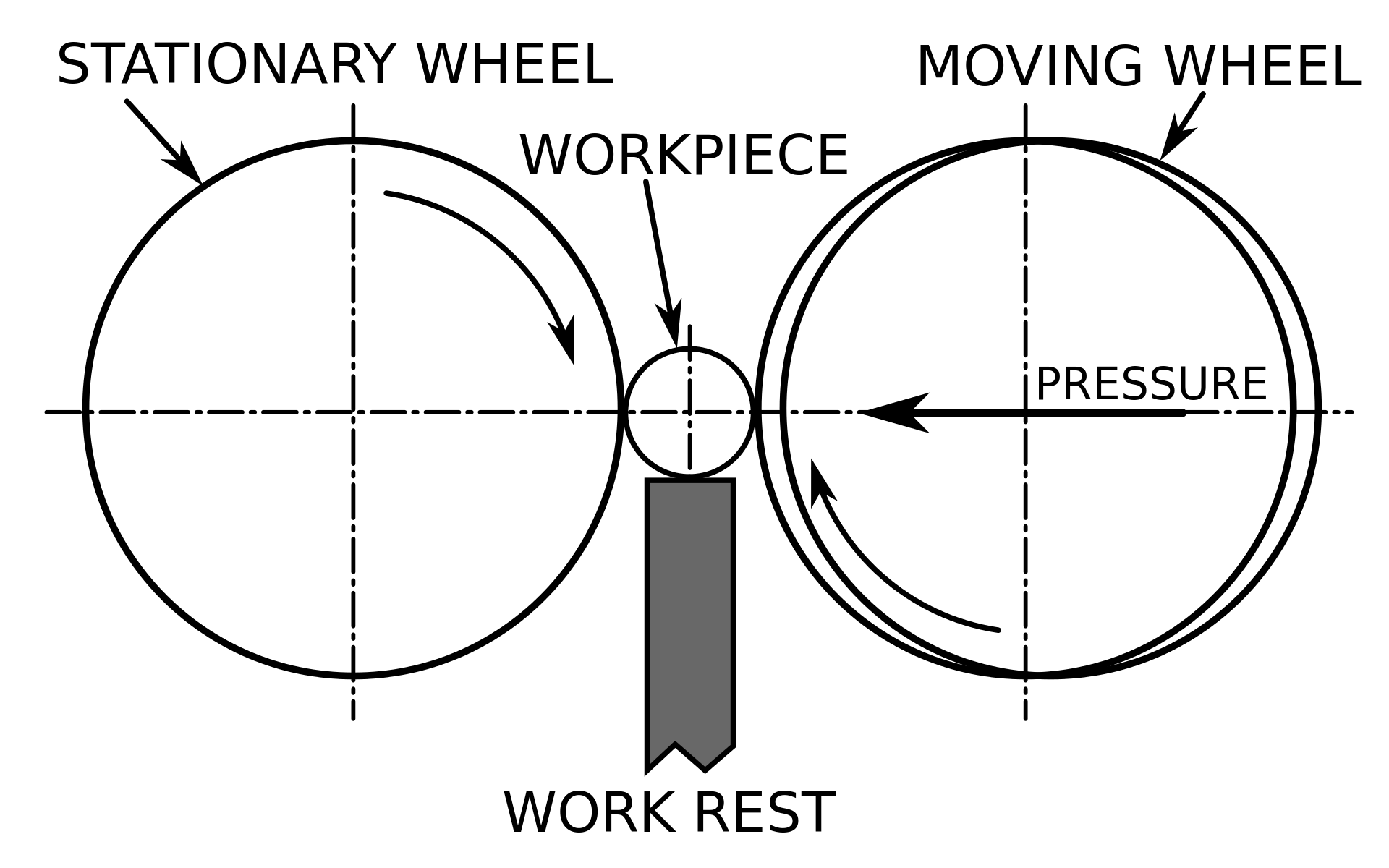 |
| Surface grinding | To grind the flat-shaped workpiece. | 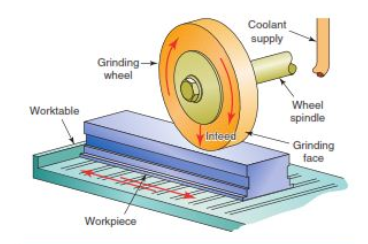 |
| Profile Grinding | To process complicated shapes with micron-order accuracy and high hardness materials, such as carbide. | 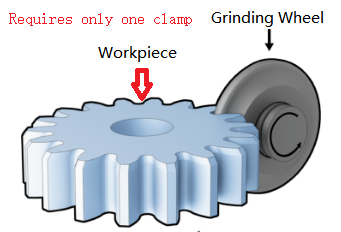 |
U-Need has a rich experience in profile grinding machining that ensures easy customization to suit your exact needs. Welcome your inquiry.
